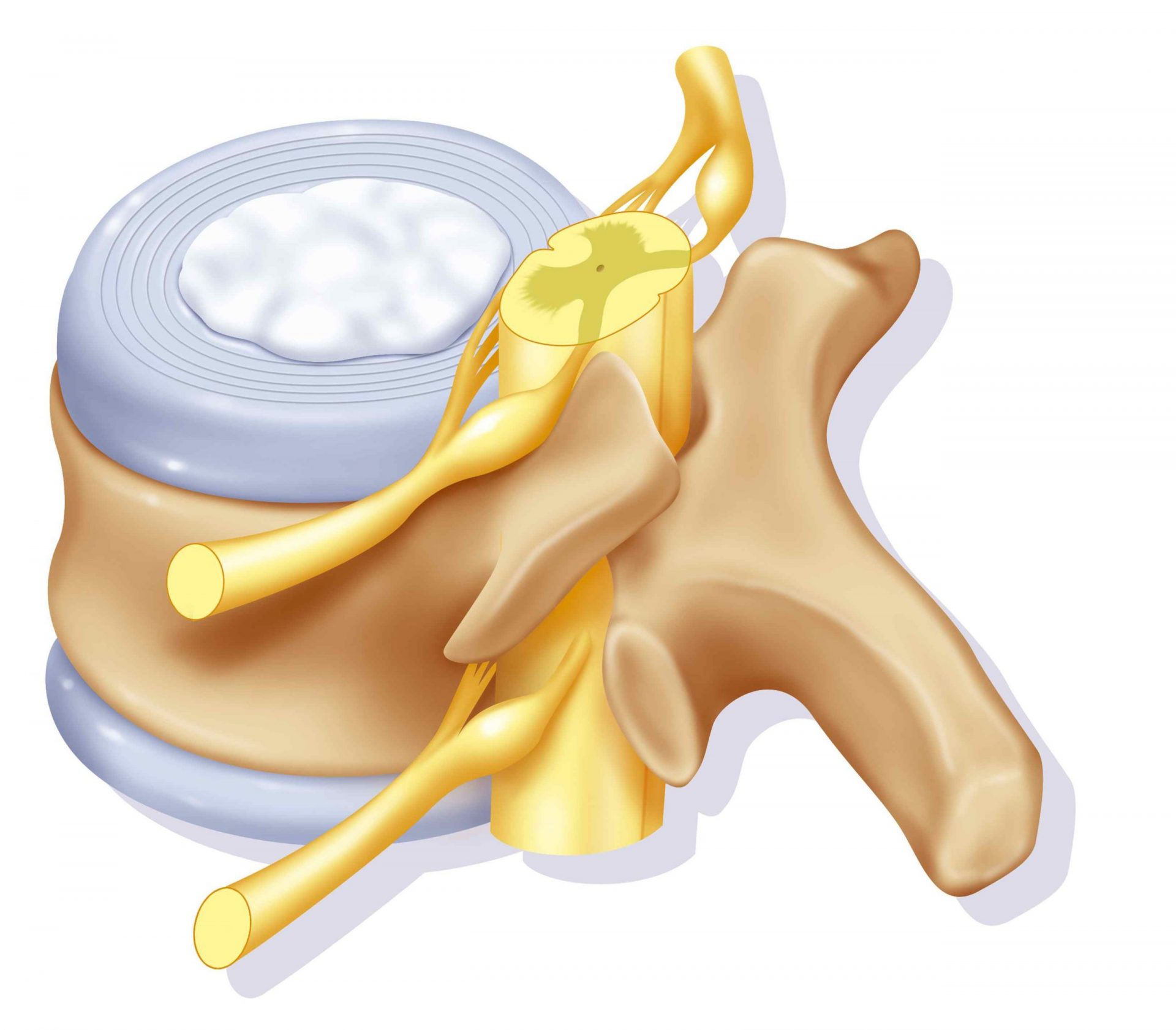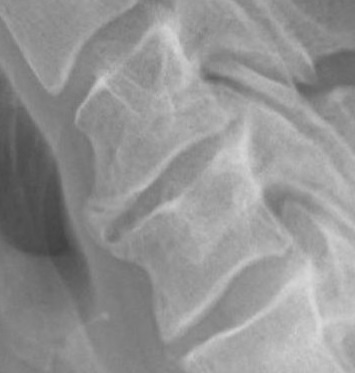When the neck pain caused by C5-C6 disc disease does not go away, it is normal to worry about your professional life.
What if the pain prevents us from doing our job? Can C5-C6 discopathy be passed off as an occupational disease and obtain compensation? What about the professional redeployment ? We talk about it in this article.
Discopathy C5-C6, short recall
La disc disease is a disease that affects the intervertebral disc, the disc located between two vertebrae of the spine. It most often manifests in the form of disc disease degenerative (or disc degeneration) which is a process due to theOsteoarthritis.
Spinal disc wear and tear is a natural phenomenon associated with aging, but can be accelerated by lifestyle or work-related factors, causing the discs to become dehydrated and thin and wear out much faster.
This process of deterioration of the discs induces friction between the vertebrae causing their deformation and the appearance of the different symptoms characterizing this discopathy.
La C5-C6 degenerative disc disease touches the disc located between the C5 and C6 cervical vertebrae, located more precisely at the base of the neck.
The master symptom in the case of cervical discopathy C5-C6 is neck pain.
Indeed, the dysfunction of the discs resulting from the friction between the vertebrae, can cause deep pain in the neck, the intensity of which depends on the importance of the degeneration.
It should be noted that the symptomatology varies from patient to patient, as each affected disc reacts differently.
In addition to neck pain and throughout the neck, pain can also be observed in certain areas, namely the shoulders and arms.
In addition, the patient may show symptoms evoking a neurological attack, such as tingling, numbness, sensory disturbances or alternatively headache (headaches) persistent.
The diagnosis will be evoked following a meticulous interrogation on the symptoms and the personal antecedents of the patient as well as a complete clinical examination.
Then, it will be confirmed by carrying out additional examinations, based on x-ray pictures, essentially a IRM (magnetic resonance imaging).
C5-C6 degenerative disc disease, an occupational disease?
Unfortunately, at the present time, no occupational disease table compensates a herniated disc located at the cervical level.
Tables of occupational diseases n° 97 and n° 98 compensate chronic spinal conditions located exclusively in the lumbar region (and not in the neck region).
What to do then?
You can consider the following solutions to maximize your chances of being heard if you think your condition should be recognized as an occupational disease:
- ask for a benefit disability social security services;
- declare oneself as worker handicap (to be able to benefit from assistance when looking for a job, settling in to work);
- request a leave convalescence the time of treatments or rest (the duration varies according to the conditions of the patient);
- if the patient is older and wishes permanently stop working : ask for retreat due to incapacity for work is also possible.
- You should know that in all cases, the opinion of the work doctor is essential. It is he who diagnoses, justifies and certifies incapacity and handicap. This is done after studying the incompatibility of the patient's health status vis-à-vis his position and his conditions.
- If the patient suffering from C5-C6 discopathy still wishes to work, he may request a reclassification or an reconversion Professional.
- Moreover, it is difficult for some to change professions. A readjustment and planning of the workstation could then be a more appropriate solution. The employer will therefore be able to opt for a better, more ergonomic working condition.
- Above all recovery job, you have to go through a testing program to assess the individual's ability to make a job any.
- It should be noted that even if the symptoms are still pronounced, it is always better to avoid a sedentary lifestyle, which aggravates the neck pain. As far as possible, try to remain active while following the treatments recommended by the rheumatologist or physiotherapist.
- In terms of monitoring the disease, the ideal is to be accompanied by a specialized doctor. This is essential to guarantee the continuation of the professional career.
- if the C5-C6 disc disease is associated with cervical hernia results in a rate of incapacity greater than 25%, it is possible to request the recognition of professional origin of pathology. This recognition will be made by decision of the Regional Committee for the Recognition of Occupational Diseases.
- seek the help of a lawyer for more details about your rights.






